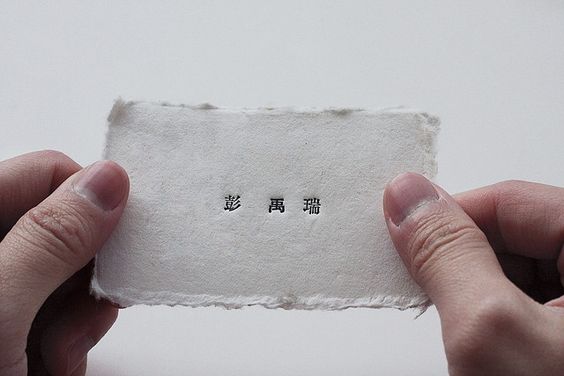
What is Wabi-Sabi?
Wabi-sabi is a Japanese aesthetic concept that emphasizes the beauty of imperfection, impermanence and modesty. It is based on the idea that there is a special beauty in things that are outdated, incomplete or even flawed. The term is made up of two main concepts:
Wabi (侘): This part refers to simplicity, modesty and the beauty of imperfection. It can also mean a certain roughness or simplicity in relation to the surroundings or things.
Sabi (寂): Sabi represents the age, patina or dignity that objects develop over time. It is the beauty that emerges from the passing of time and use.
Together, wabi-sabi emphasizes the beauty in the inconspicuous, the transience of things and the acceptance of imperfections. It can be applied to different areas of life, from art and design to philosophies of life. Wabi-Sabi encourages us to appreciate the simplicity and naturalness in things rather than striving for perfection.
How can this concept be applied to graphic design, how can it be expressed?
In art and design, Wabi-Sabi is manifested through organic shapes, natural materials, and the acceptance of natural processes. It is about creating art and design that acknowledge the passing of time and the beauty of imperfection. For example, a designer might choose to incorporate the natural grain of wood, rather than painting over it. Or an artist may leave rough brush strokes visible, rather than smoothing them out.
The beauty of Wabi-Sabi design lies in its ability to create a profound connection between an object and its observer. It encourages us to see the beauty in everyday objects and settings that we might otherwise overlook.
In the fast-paced world of digital graphic design, we’re surrounded by amazing tools that make our work efficient and precise. The advantages of our digital tools are clear – efficiency and speed, precision and consistency, collaborations across the globe, and endless creative options. But in the midst of this digital workflow, something seems to be missing or to be lost in the digital process. The hands-on, personal touch of traditional design isn’t really there. It’s a challenge to bring in that human element – the imperfections and quirks that give designs character. Striking the right balance between the digital perks and the warmth of handmade touches becomes the key to creating designs that not only look good but also feel uniquely human.
In graphic design, the use of wabi-sabi refers to the integration of elements that embody the principles of simplicity, modesty and imperfection. Here are some ways to incorporate aspects of wabi-sari in graphic design:







Imperfection: Graphic design can deliberately include imperfections, be it in texture, lines or the arrangement of elements. This can help to integrate a natural and human dimension into the design.
Simplicity and modesty: Wabi-sabi in graphic design often emphasizes a humble aesthetic. This means that the design is not overloaded and is reduced to the essentials. Clean lines, simple shapes and a limited color palette could be part of this approach. The use of empty space or white space creates a calm and open atmosphere and gives more meaning to the few elements present.
Transience: To emphasize the impression of transience and change, worn textures, faded colors, alternative printing techniques or other visual clues to the influence of time can be used.
The choice of materials and textures can also play an important role. Natural materials or those that age and develop patina over time could be integrated into the design.
Handcrafted elements: The use of hand-drawn or handmade elements emphasizes the appreciation for craftsmanship and individuality and gives design a personal and unique touch.
Sources:
https://medium.com/@patrickaltair/wabi-sabi-design-9f768c8597e1
https://blog.daisie.com/wabi-sabi-art-design-embrace-imperfection-guide/
[…] the beauty of imperfection, transience, and simplicity (I go more into depth in my blog entry about Wabi-Sabi). This philosophy has influenced designers to incorporate these principles into their work for a […]